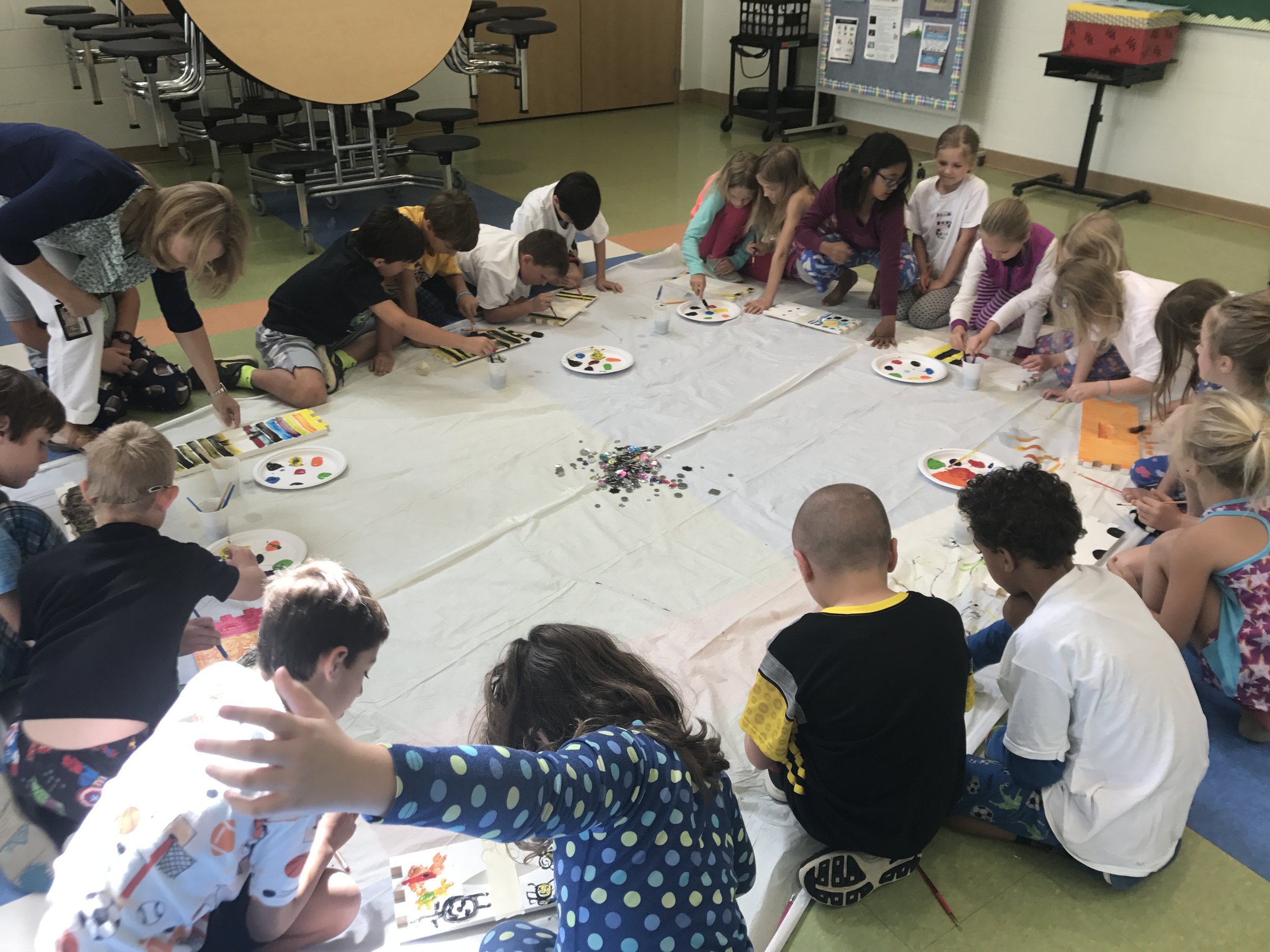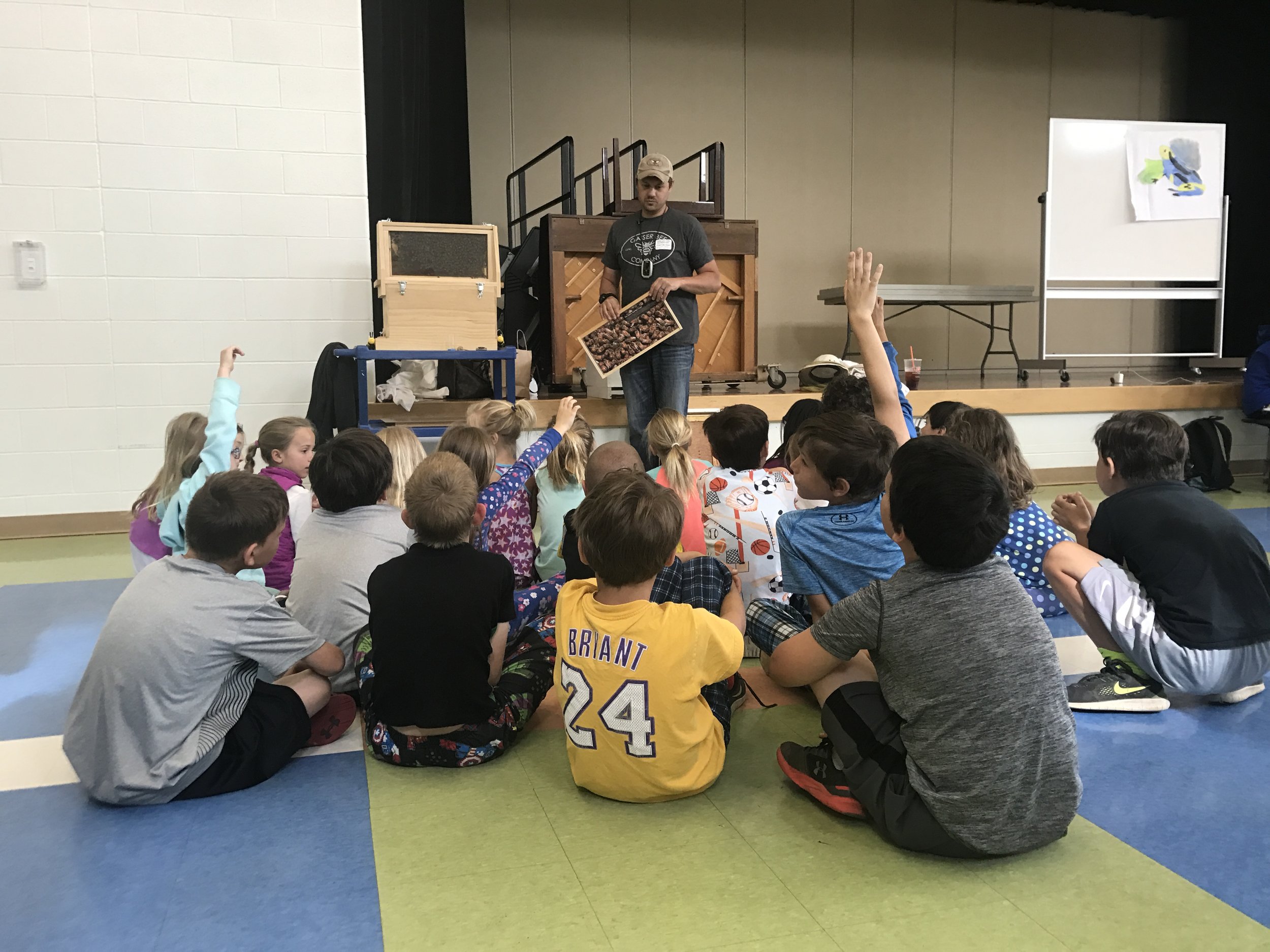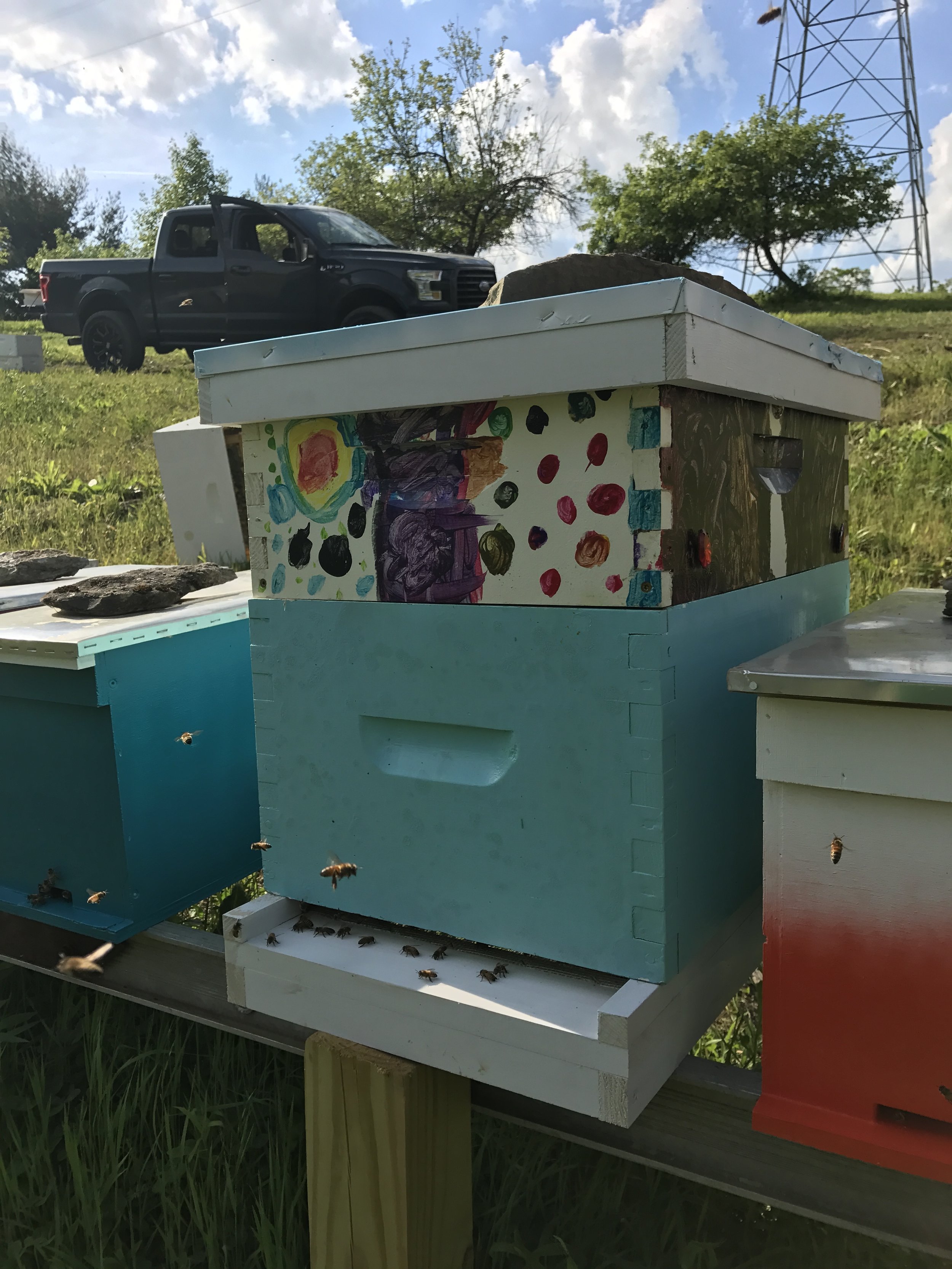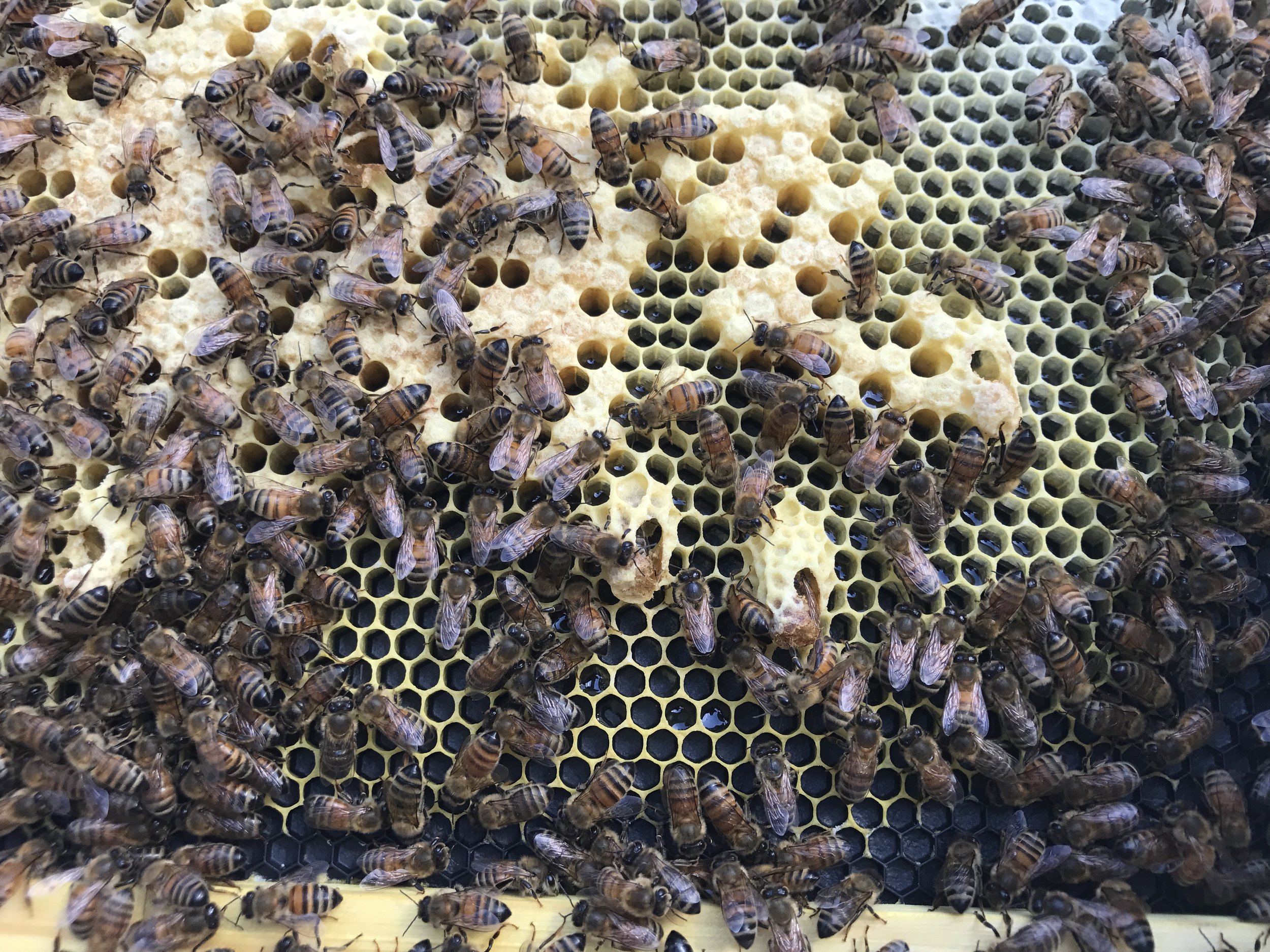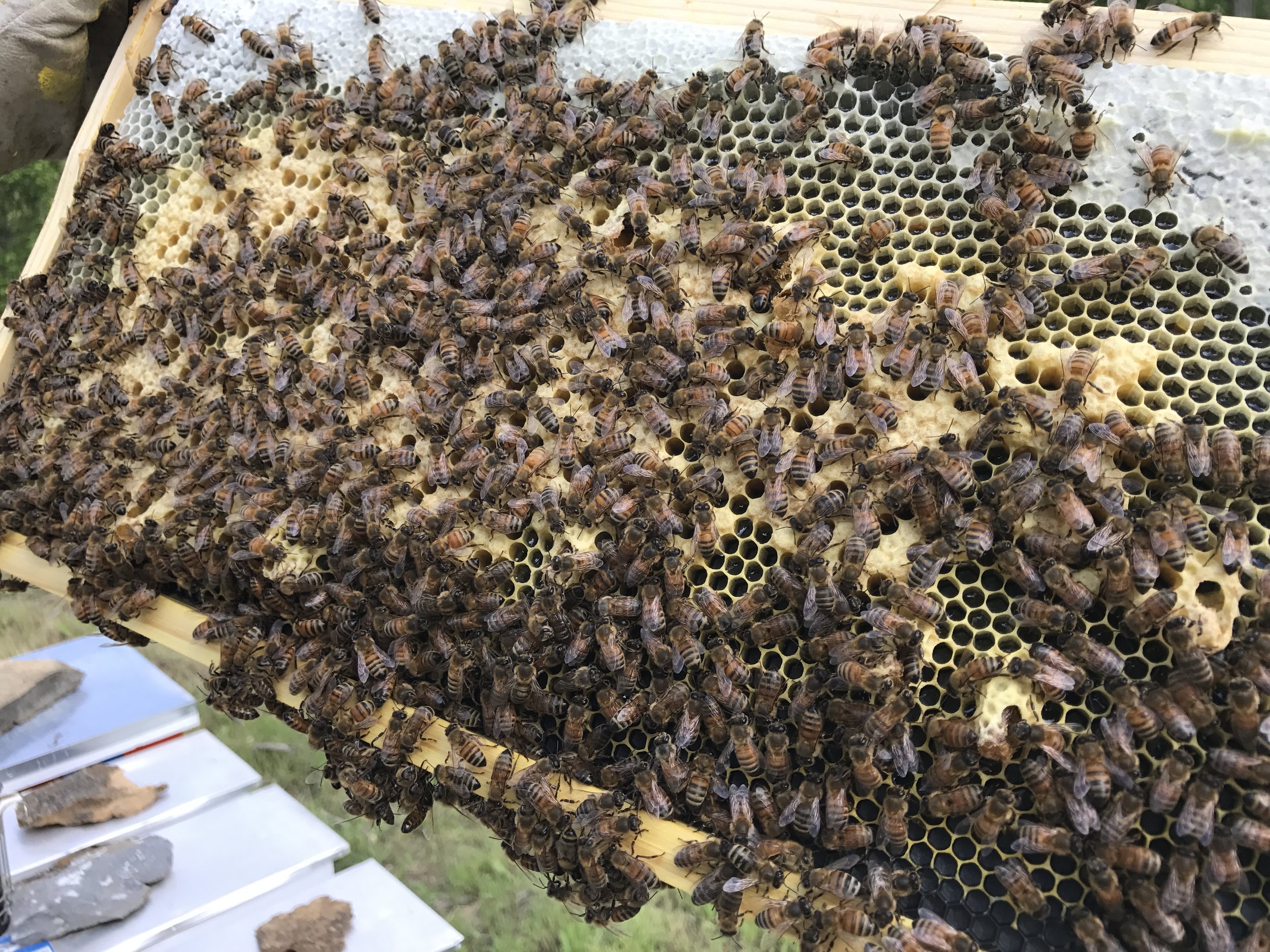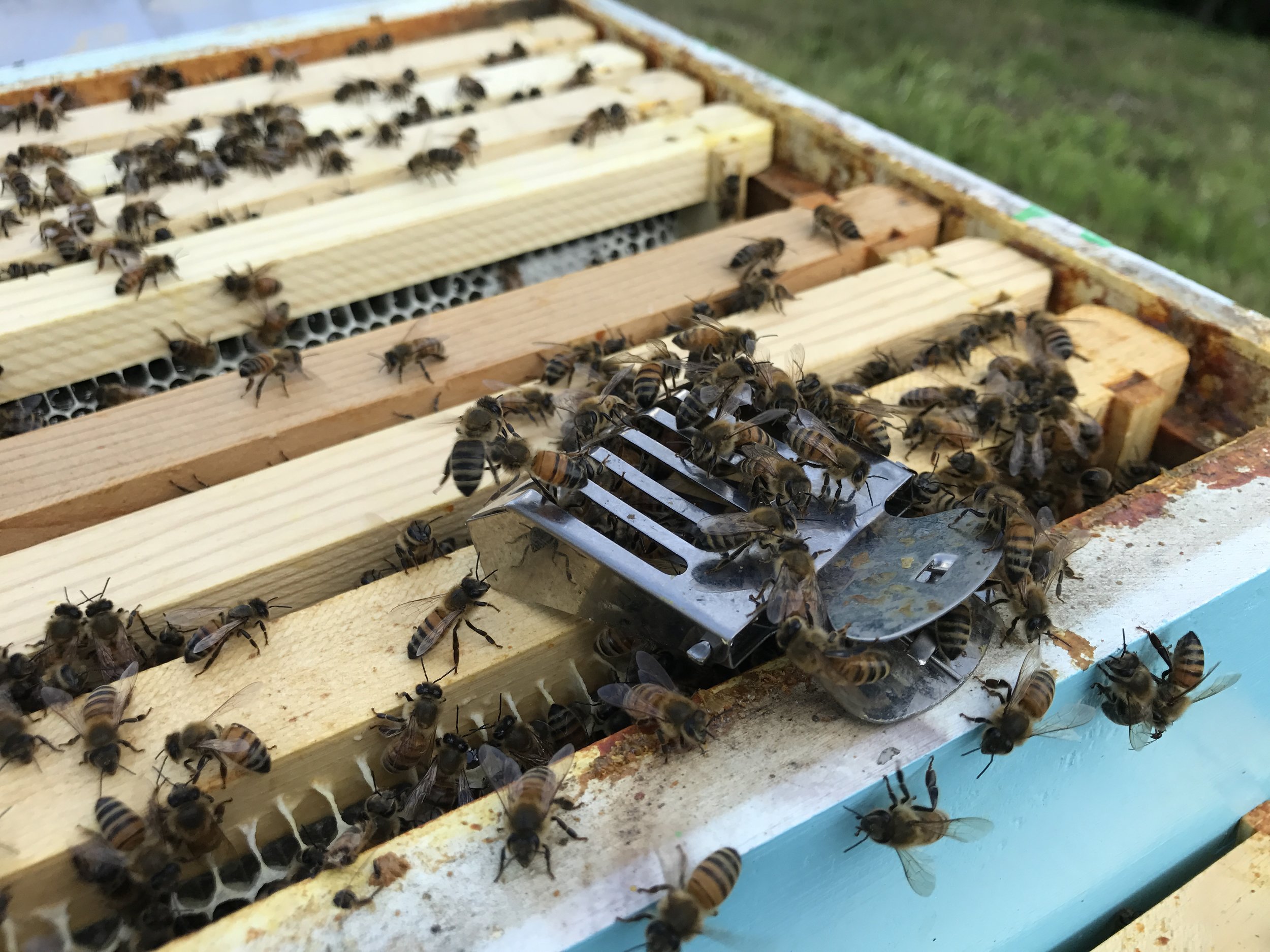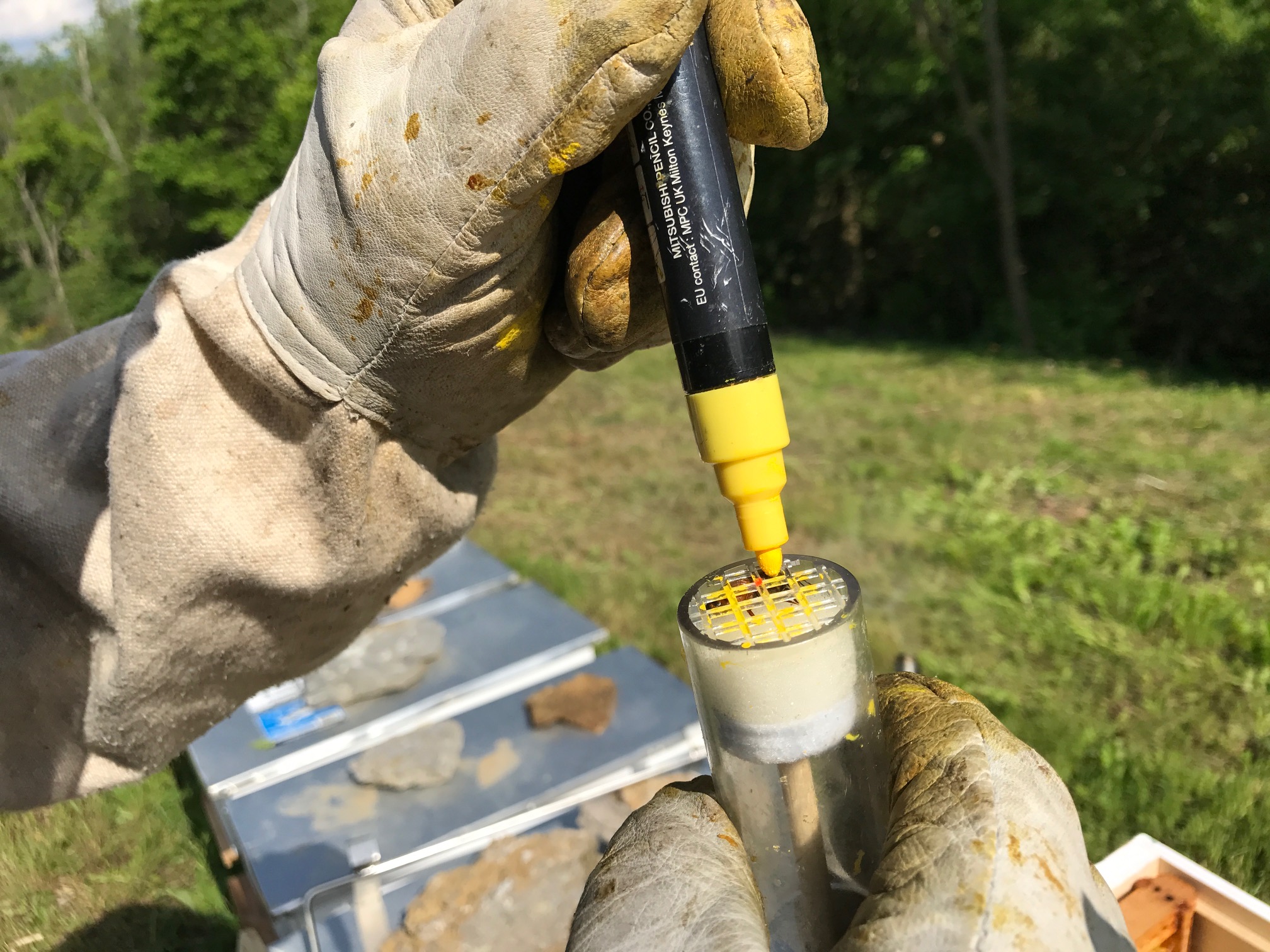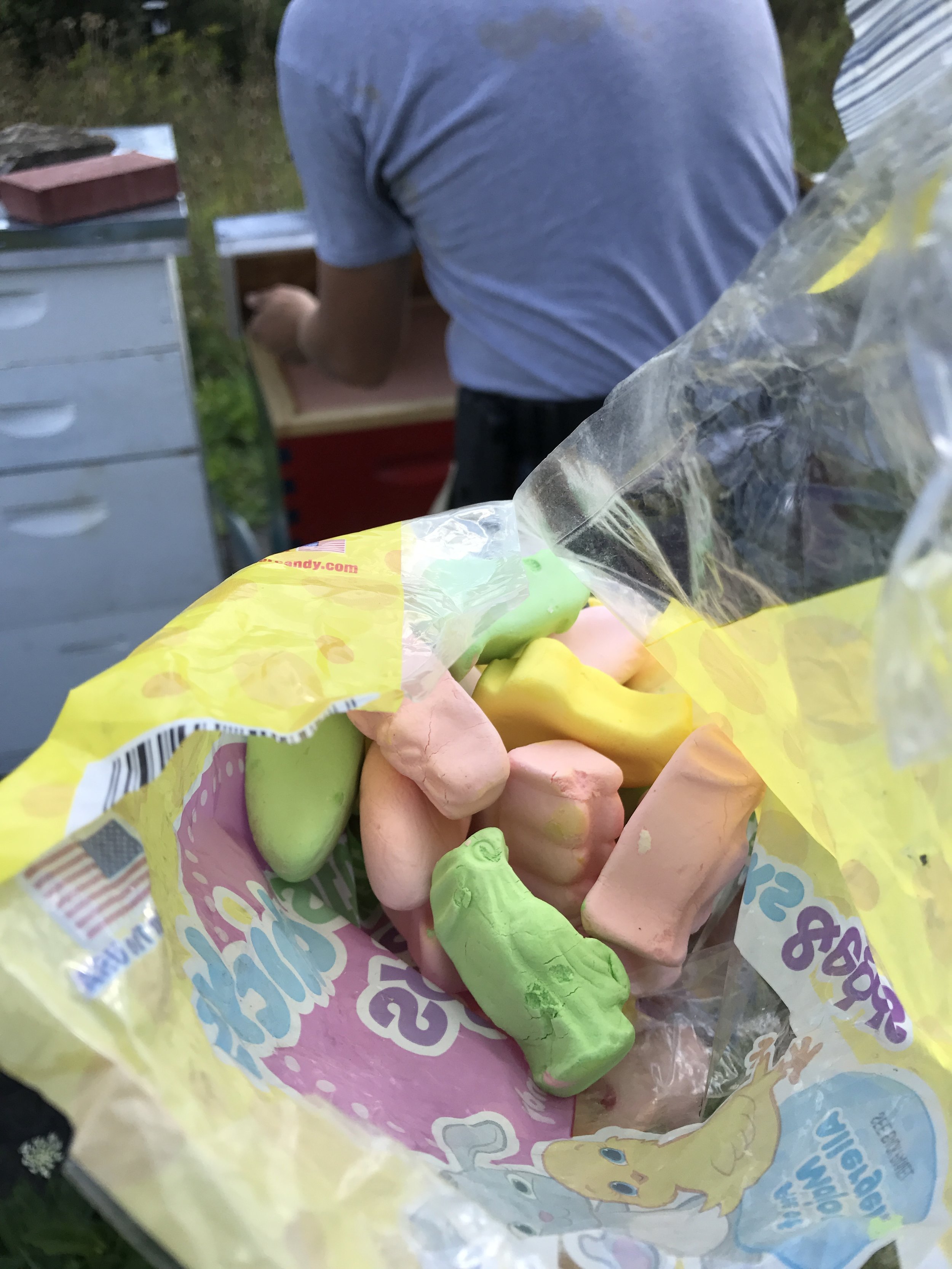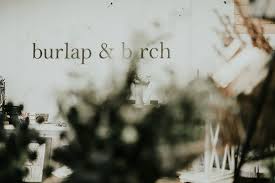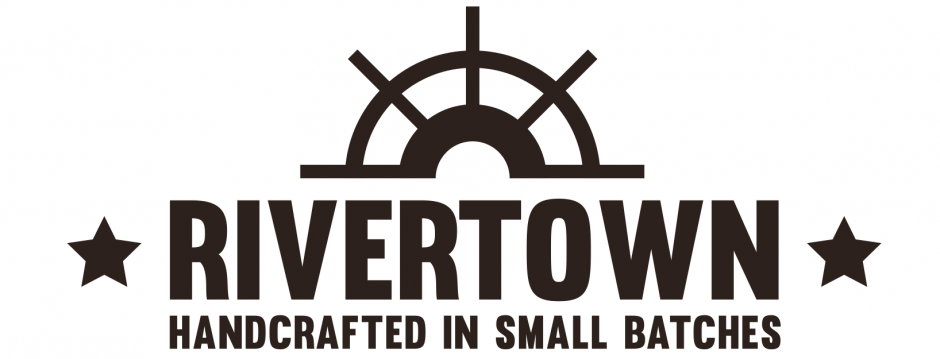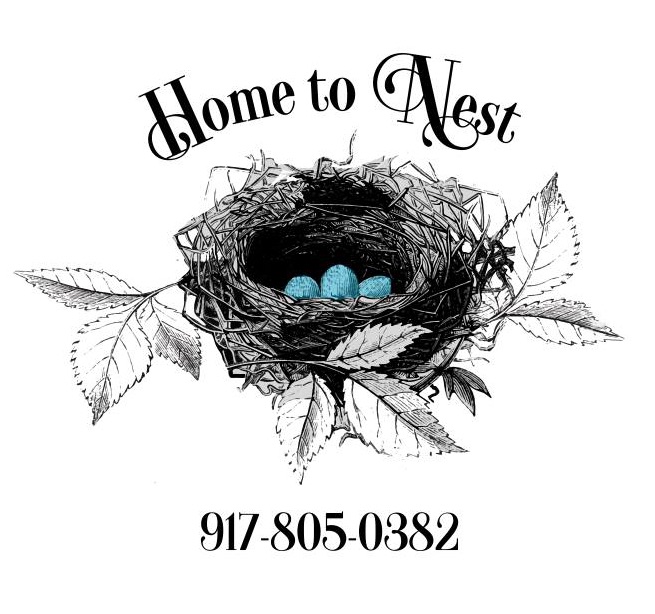We were honored to be invited to Terrace Park Elementary School and had a fantastic time teaching the kids all about honeybees. The kids were full of questions and seemed to truly enjoy the education and learning why they are so important to us.
The school is hosting a new colony for the 2017 beekeeping season which will provide them with the equipment they need to get started and grow throughout the year. We brought with us some of the hive components and asked the kids to customize this hive to make it their own.
INSPECTION DAY May 14, 2017
New honeybee colonies can start from a number of sources. For the 2 G Hive, these girls started from what is called a package of bees. These honeybees were from a bee farm in Georgia. We picked them up in late April and placed them into a temporary home until we had an assembled hive for them. So on May 14th, after the hives were painted, we took this colony and placed them in their permanent home.
We started this colony in an 8 frame teal Langstroth hive when they arrived as a package, waiting for their additional hive components to be customized by Terrace Park Elementary.
Upon our inspection we saw that the hive had a ton of open queen cells. These are queens that the worker bees decided to make to either replace their previous queen or because their old queen decided to move out (swarm). We looked deeper into the hive and we found a virgin queen, which tells us that she must have recently hatched. We are able to tell that she has not mated yet because her abdomen is smaller than an average queen. The other bees really seem to enjoy her pheromone and were taking to her very well.
The bees were busy at work when we decided to open up the hive. They had tons of nectar stored in the cells from flowering plants that they were turning into honey.
Every year beekeepers use a universal color chart to mark their queen bees. This helps us know how old a queen is since she can live up to 5 years. This year the color is yellow. So we gently caught the queen and marked her yellow– this also helps us find her easier during our inspections.
After the paint dried we placed the queen back into the hive and she quickly went down into the frames. Now we must wait until she mates and make sure they she is laying eggs. On our next inspection we will make sure to check for eggs to confirm that she mated.
We placed the new box on top and closed up the hive. Now we just let them be and check on them again in a few weeks.
inspection day August 5, 2017
We went out to the apiary for another inspection on August 5th and decided to treat all of the hives for precautionary reasons. The "2G" Hive was doing so well– the population was booming! We took the top off, looked at a frame, determined it was doing exceedingly well, then closed it back up and treated it for mites.
We're getting to that tricky time of summer when it's much too common to find the hives being infiltrated by mites and other unwanted species. We saw these bees had fallen victim so we ended up having to treat them for Parasitic Mite Syndrome(PMS).
Reports from the Ohio Department of Agriculture are indicating that the varroa mite population this season appears to be excessively high. Varroa mites are minuscule in size but they latch on like ticks and drain the life from the victim. We wanted to see if this was true with our hives so we did a thorough inspection on 10 of the hives in our apiary. Of those 10 hives, 6 had obvious signs of heavy mite infestation. Including but not limited to:
- bees with deformed wing virus
- poor honey storage
- spotty brood pattern
- larva that appears melted in their cells.
But, not to worry! Just because your hive has mites, doesn't mean it's the end of the world– or their world, really. We have started treatment and will be treating every hive in the apiary every five days for the next twenty days to ensure that the brood, currently in the larvae stage, is fully treated and protected from the varroa mite infestation once they hatch and start to grow/work. We believe these ladies will pick themselves back up and become a healthy, thriving colony once again in no time!
TREATMENTS
Because of the high number of Varroa mites throughout the entire state of Ohio, we spent the month of August treating all hives. We did an organic treatment of oxalic acid in 3 treatments, 5-7 days apart in order to treat all capped brood as they hatched.
We will be sure to keep you updated on our next visit out to the apiary. Be sure to follow this blog for updates and feel free to post any comments, questions or concerns.
Stay tuned!
fall extraction season: late summer - fall
Inspection Day September 9, 2017
After treating all of the hives and monitoring the bees behavior throughout the month, we opened their homes back up on September 9th to see how everyone was doing. We specifically went in to check on the status of the Varroa Mite treatment and to see where their food supply is at.
The treatment looks like it worked tremendously and everyone seems to be happy and healthy! Therefore, we proceeded with checking the food supply and decided to add in some Easter marshmallow candies on the inner cover until we start the feeding for fall.
Feeding during fall is necessary after extraction season so that the bees can continue building up their food supply for the winter months, before the cold gets here.
october 3, 2017 inspection day + final extraction!
On October third, we went to the apiary to gather the frames for our final extraction of the year– the beloved fall honey!
Fall honey is dark in color, plus rich and bold in flavor. It is a bit thicker and more of a dark amber color compared to spring honey. While darker honey is more flavorful and intense than light, it also contains more nutrients; including vitamins, minerals, and antioxidants.
We didn't pull many frames from the newer colonies this year so the honey you will be receiving will be coming from some of the stronger, more established hives– so yours can continue to thrive.
The final step, in the first week of November, will be to go through and consolidate some of the colonies and insulate them.
CLICK HERE to see a video of how we will be preparing the hives for winter



